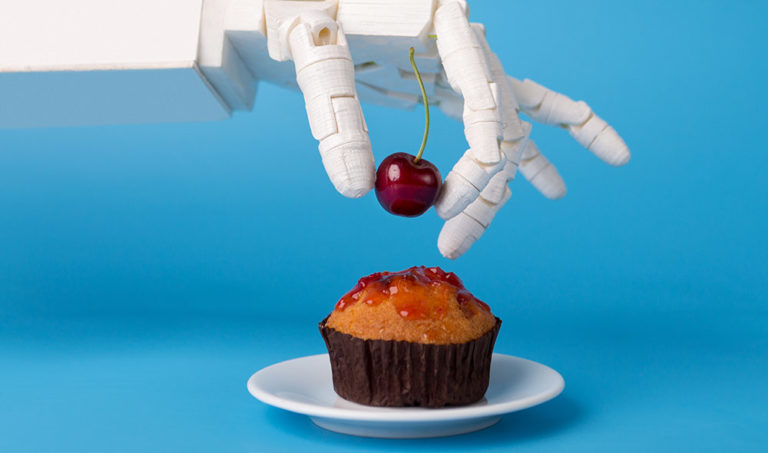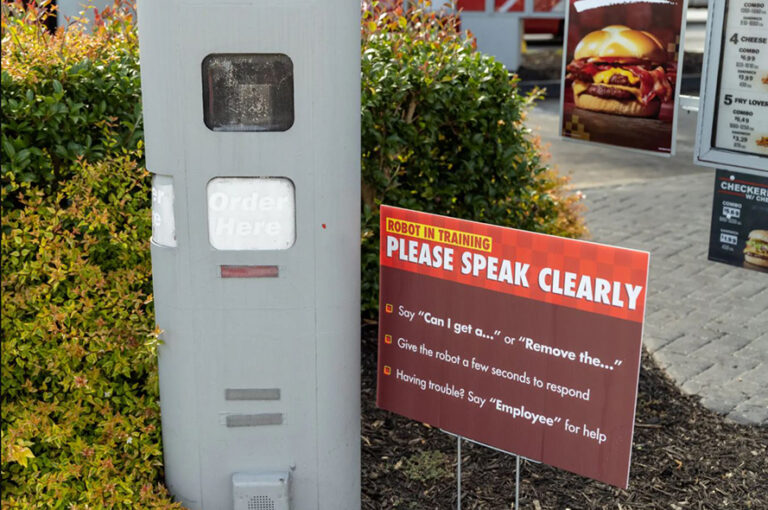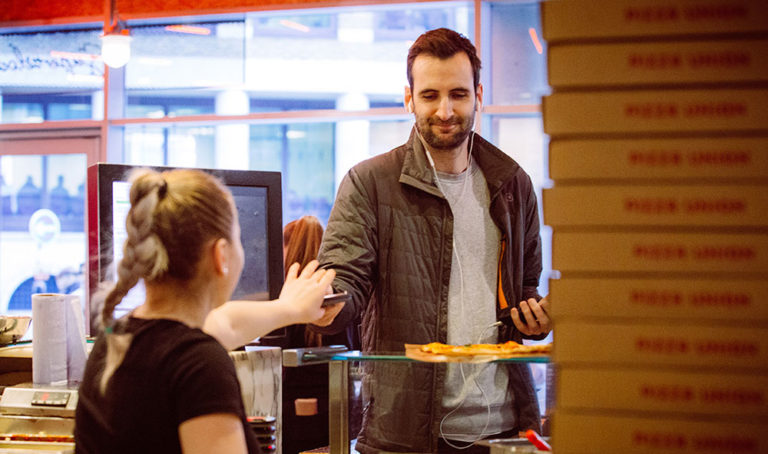Introduction
It’s coming. There’s no avoiding it. If you are a restaurateur, artificial intelligence (AI), automation and robotics are coming to a street near you – and sooner than you may think.
Last month, global king of fast food, McDonald’s announced it was testing kitchen automation and Alexa-style voice ordering at some of its U.S. stores, to continue with its lifetime mission to increase the speed of service whilst simultaneously simplifying operations for employees.
Stepping up its game with today’s tech of the future to catch up with competitors, McDonald’s is going full-on with its commitment and determination to harness new technology to maximise kitchen and operation management and serve its customers the way they want to be served.
Steering clear from the word “robot”, McDonald’s called the next-generation innovations “advanced kitchen equipment” designed to automate repetitive tasks such as cooking fries and dispensing beverages. With its pilot programme of voice ordering already installed in a few restaurants, together with its recent acquisition of Dynamic Yield, a decision-logic and AI company, McDonald’s has the power and brand pull to quicken the pace towards a hospitality sector driven by AI, automation and smart technology.
Restaurant tech’s natural evolution
It’s all part of the natural evolution of restaurant operations and the quest to do things quicker, better and at greater profitability. It wasn’t that long ago since Cloud EPoS was the new technology on the block and the preserve of just a few.
Now, few operators could survive without the comprehensive features offered in Cloud EPoS platforms such as real-time kitchen management tools, food preparation monitoring, live kitchen status reporting, inventory, staffing management and intelligent data management.
Just as the dishwasher replaced the washing up job, robots will do mundane tasks such as cleaning, burger flipping and chopping but we will still have the service with a human smile. It’s all about focusing on better service and increasing gross margin.
AI, automation and robotics are here and it won’t be long before it becomes the natural computer language to run our EPoS platforms for higher levels of intelligent data reporting and automation. But are we still some years away yet?
Robotics and the restaurant industry
Whether we like it, fear it, or hate it, labour is a huge factor in the profitability of the restaurant. The growing pressure of increased wages and increased food costs means many chains have begun testing these new technologies for competitive survival. This could significantly reduce the number of restaurant workers in the future both front of house and back of house, particularly in fast food.
In fact, a research paper by the University of Oxford predicted that over 90% of fast-food restaurants will become fully automated over the next couple of decades.
And this doesn’t come as a surprise. Current technologies are being adopted by a few early adopters in the restaurant sector to automate food preparation. In fact, McDonald’s are behind some smaller, more progressive operators such as Caliburger in Pasadena, California and Chick-N-Tots at Dodger Stadium in Los Angeles, who are already using Miso Robotics’ Flippy to keep their burgers moving twenty-four hours a day.
It is not just labour costs that robotics and automation technology can lower. Whether we like it or not, this type of technology is far more precise in ingredient measurement and consistency than us human beings, enabling consistent food faster and cheaper for the customer.
AI and the re-shaping of the restaurant operation
When we talk about AI, we are no longer talking about some Sci-Fi idea in the distant future. Forms of AI are all around us from Alexa, Google Home to Chatbots. Although it is a different type of computer programme (neural) requiring the teaching of a machine to think like a human, similar functionality already exists in many predictive analytics tools already used for the likes of inventory management.
The reason McDonald’s is investing is it knows the true capability of AI when it reaches maturity will be significant. And with the rise of self-serve kiosks and CRM technology, McDonald’s is rapidly growing its data – the essential fuel for accurate and meaningful AI applications to drive both customer experience and operational efficiency.
AI for waste reduction
Last month, IHG Hotels revealed how AI had helped automate, track, measure and reduce food waste for more sustainable and efficient restaurant and bar operations, claiming a 30% reduction in food wastage. Through the use of an intelligent camera, smart scales and AI-based smart meter technology, its AI software analyses ingredients during food preparation, as well as smart plates returned to the kitchen, to assess which food items are most wasted and in what quantities.
Using voice in the order and management process
We are already seeing voice incorporated into the order process in American drive-throughs. The consumer increasingly uses voice in the form of Alexa, Google Home and online search – and very soon voice ordering will no doubt be seen in self-serve kiosks instore.
Neither will it be long before voice in kitchen management, similar to Alexa, will be able to support the kitchen with AI technology to run inventory, order supplies and monitor and control smart kitchen appliances to minimise wastage, reduce cost and optimise efficiency.
Improved scheduling capabilities
AI will also have an important role to play in the management of work schedules to eradicate what is a labour intensive and often complex task. Forecasting staffing requirements, shifts, monitoring staff performance and enabling employees to sway shifts will soon be possible with little intervention from the manager.
Advanced predictive analytics
As advanced EPoS platforms like pointOne, continually work to collect data for intelligent inventory forecasting and reporting, AI will enable predictions on a whole new level such as suggesting pricing dependent on changing produce price, customer demand, ordering patterns and the competitive environment.
EPoS and AI
Today, the EPoS platform already plays an essential role as a data hub to drive every aspect of the operational process from the order point, delivery, kitchen management, inventory, CRM to payroll. As advances in AI continue to mature, the role of cloud EPoS will be a necessity to fuel the power of AI, drive revenue and streamline kitchen management as we’ve never seen possible.
Round-up
It is unlikely we will see the human face disappear from our sector. Hospitality is about people and we’ll continue to see service with a human smile. Equally, kitchen staff will still be required for the flexibility and skill needed within this process.
What will change is the jobs no one really wants to do, no one really wants to pay for and those that can be done better by robotics and automation such as chopping, burger-flipping, ingredient measuring, floor washing and inventory management.
Many other sectors are already benefiting from AI and automation and I don’t think it will be long before the technology starts to filter down into hospitality, particularly amongst QSRs and fast food operators.
At the end of the day, we all want to make our operations smarter and more profitable with an enhanced level of customer service and AI, automation and robotics are all creating new opportunities to achieve all of this.




